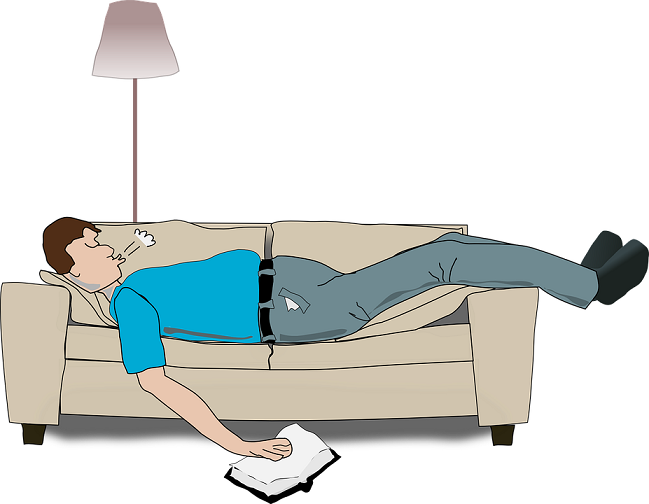What is Snoring and How Sleep Apnea Occurs
Snoring is a specific sound manifestation during sleep, which occurs when the air moves during the breathing that triggers and leads to the vibration of the soft palate and other tissues in the mouth, nose, and throat. It was caused by turbulence inside the airway during breathing. Turbulence causes a partial blockage that can be located anywhere from the tip of the nose to the vocal cords. Snoring can occur only during sleep, because at this stage, the airway muscle tone is reduced. After awakening, the muscle tone of the respiratory trains is restored and hence no snoring occurs when we are awake.

All those who suffer from snoring don’t have to suffer from sleep apnea. Learn more about snoring and the difference between snoring and sleep apnea.
Sleep apnea is a serious disorder that causes us to “forget to breathe” during sleep. At times we really stop breathing. As this disorder occurs during sleep, we are most often informed by people in our area. Sleep apnea is characterized by a stopping of breathing and a marked reduction in airflow through the airways, during sleep, for longer than 10 seconds.
The symptoms of this disease are frequent waking during the night, a feeling of strangulation, pronounced sweating. During the day – drowsiness, awakening with fear and dry mouth, forgetfulness, lack of concentration. As it occurs during sleep, sleep apnea is one of the most common causes of sudden death during sleep.
The combination of different risk factors is one of the reasons why such a large number of people suffer from sleep apnea.
Nevertheless, the most common risk factors can be distinguished, such as:
- Obesity
- Use of antidepressants
- Alcohol
- Smoking
- Predominantly sleeping on the back
Early detection of sleep apnea risk factors is very important because it can lead to a serious disruption of the health condition of a person suffering from this disease.
There are three levels of this disease – light, medium and heavy. While apnea can be solved by reducing weight or by changing certain lifestyle habits. In the middle is sometimes a solution and a tennis ball that patients put on the back while sleeping in order not to rotate. The severe forms are treated with prostheses that are worn during sleep, such as snoring aid mouthpiece reviews.
The last thing you can do is go to surgery, which does not guarantee that apnea will not appear later.
